
Although we enjoy the warmth of the fireplace, the odors can be unpleasant. With simple tricks like vinegar, salt, or baking soda, you can keep your home fresh and cozy.
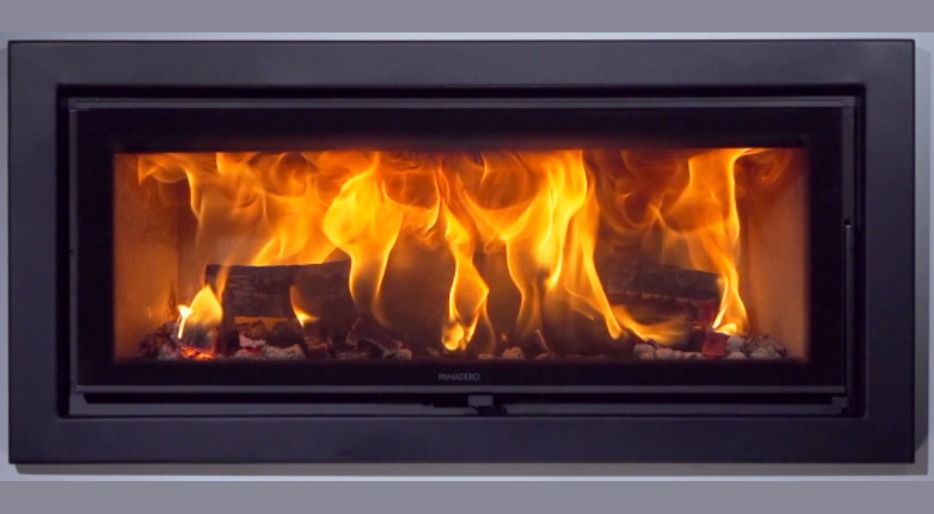
Wood-burning stoves are a popular choice for heating homes, providing a cozy and efficient source of heat. However, overheating can become a problem if not handled properly. In this post, we’ll explore how you can prevent your wood stove from overheating and the associated potential problems.
Overheating of a wood stove can occur for a variety of reasons, from overuse to lack of proper maintenance. It is essential to understand how this phenomenon occurs in order to take preventive measures.
Use the right amount of firewood according to your stove’s specifications. Overloading it can generate excess heat and increase the risk of damage.
Adjust the air intake of your stove to control the intensity of combustion. Excessive entry can lead to a sudden rise in temperature.
Clean and check your stove regularly. Debris build-up can clog heat outlets, contributing to overheating.
Consider installing accessories, such as thermometers and regulators, to effectively monitor and control temperature.
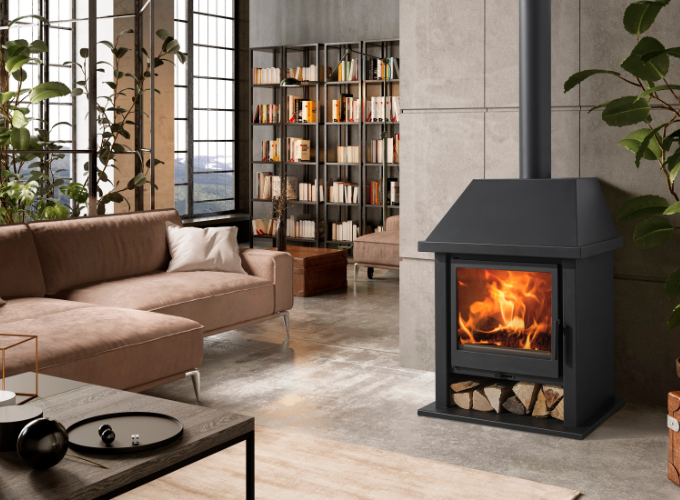
Constantly overheating your wood stove can have negative consequences in the long run. Some of the most common problems include:
To ensure optimal and long-lasting performance of your wood stove, it is crucial to prevent overheating. By following these tips and maintaining regular care, you’ll enjoy a warm and inviting environment without compromising the integrity of your stove. Remember, proper handling extends the life of your heating investment. Keep your home warm and safe with a well-maintained wood stove!
If you have any questions, please feel free to ask us! We hope this post has served as a guide. Take a look at our blog and find solutions and recommendations to help you with your fireplace or wood stove.
Visit our online store for Panadero wood stoves. If you have any questions or need help choosing the right stove, don’t hesitate to contact us. We will be happy to help you.
Articles of interest:
Did you like this article? If so, help us spread it 😊 . Click on the buttons below here and feel free to share it on your social networks!
Thank you for reading!
↓ ↓ ↓ ↓

Although we enjoy the warmth of the fireplace, the odors can be unpleasant. With simple tricks like vinegar, salt, or baking soda, you can keep your home fresh and cozy.
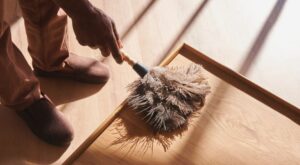
How to avoid dust in the house when using a wood stove: tips and tricks for a clean and healthy home
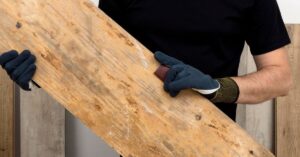
Learn how to remove mould from your wood for use by following the steps in this article.
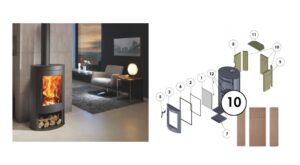
All you need to know: what it is, uses and benefits of wood stoves
To provide the best experiences, we use technologies such as cookies to store and/or access device information. Consenting to these technologies will allow us to process data such as browsing behavior or unique identifiers on this site. Not consenting or withdrawing consent may adversely affect certain features and functions.

From December 19 to January 6, order a wood stove and receive the Helix log holder for free.